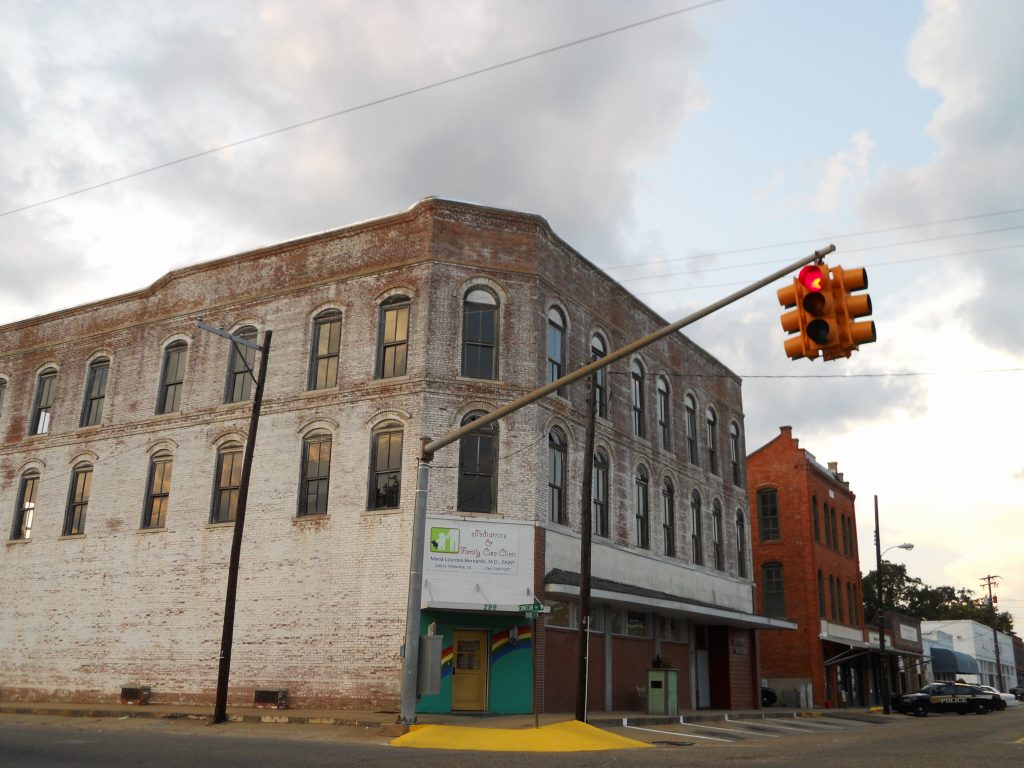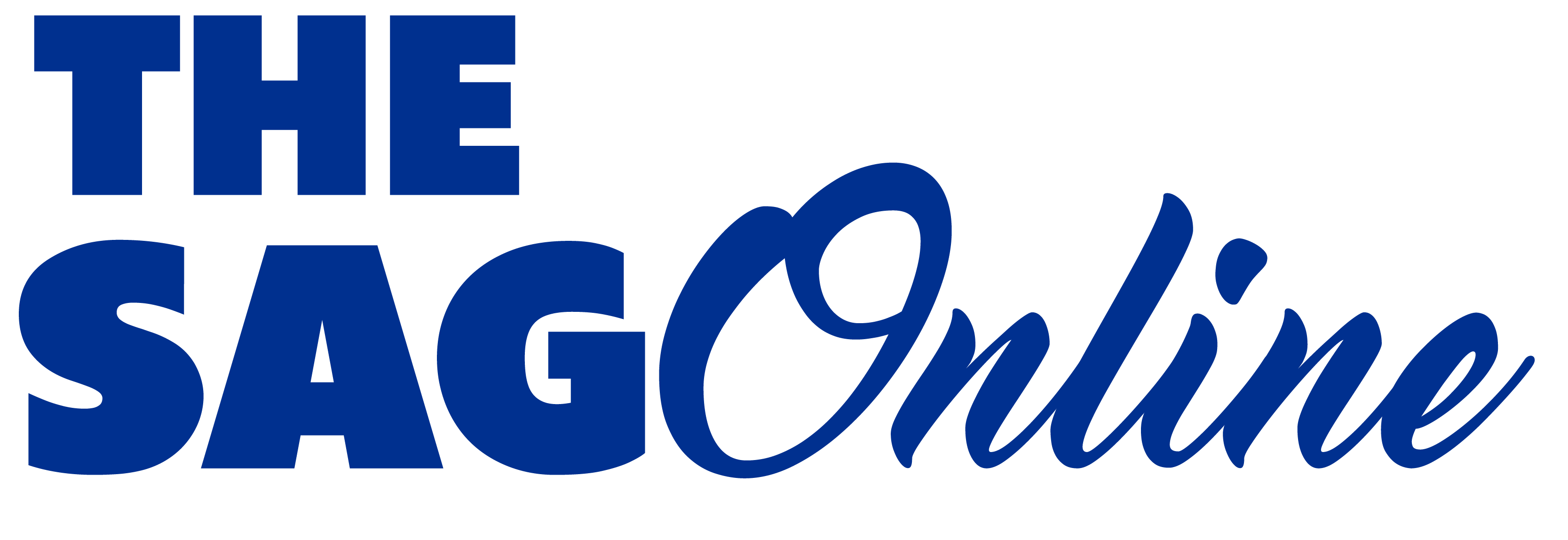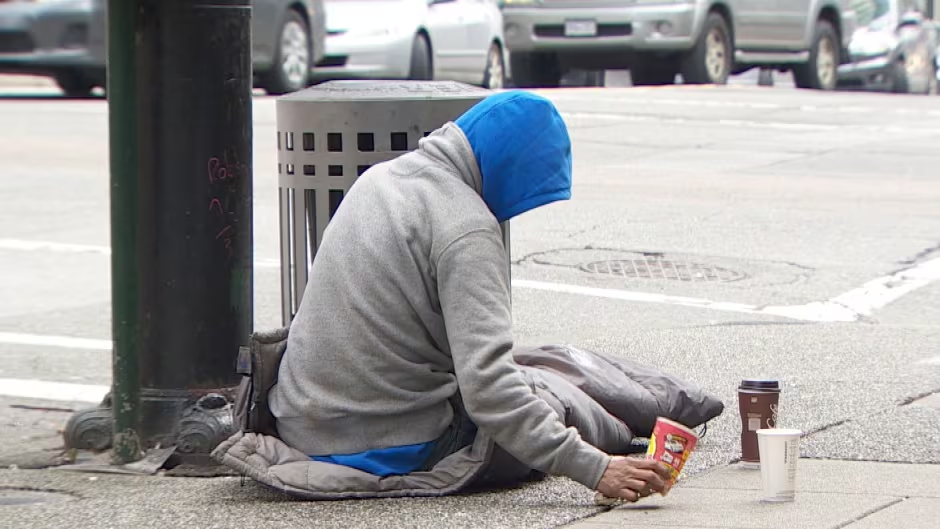The Poorest Town in Alabama: What You Need to Know About It? According to 24/7 Wall Street, rising prices that touch everyone are having the biggest effect on low-income households.
The Federal Reserve is likely to raise rates in November, possibly reaching a range of 5.5% to 5.75%, even though they left the funds rate constant in September. According to The University of Alabama College of Business, the consumer price index (CPI) predicts that the U.S. inflation rate will be approximately 2.7% in the second half of 2023, translating into an annualized rate of 4.1%.
24/7 Wall St. has identified each state’s most economically disadvantaged municipality by examining the most recent five-year data from the U.S. Census Bureau’s 2021 American Community Survey.
Based on their median household income, they ranked cities, towns, and unincorporated settlements with numbers between 1,000 and 25,000 inhabitants.
Alabama’s “Poorest Town”
According to 24/7 Wall Street, a town in Alabama has been named the state’s “poorest town.”
Union Springs, Alabama

Median household income: $20,476 (Alabama: $54,943)
Adults with a bachelor’s degree or higher: 12.2% (Alabama: 26.7%)
Households receiving SNAP benefits: 41.1% (Alabama: 13.3%)
Median home value: $64,900 (Alabama: $157,100)
Population: 3,389


 by
by 




